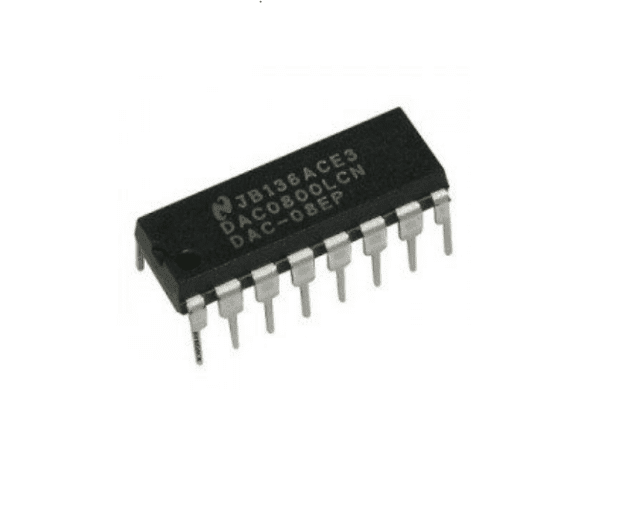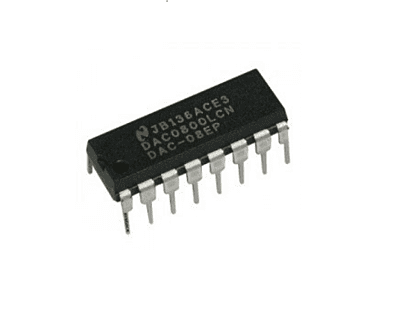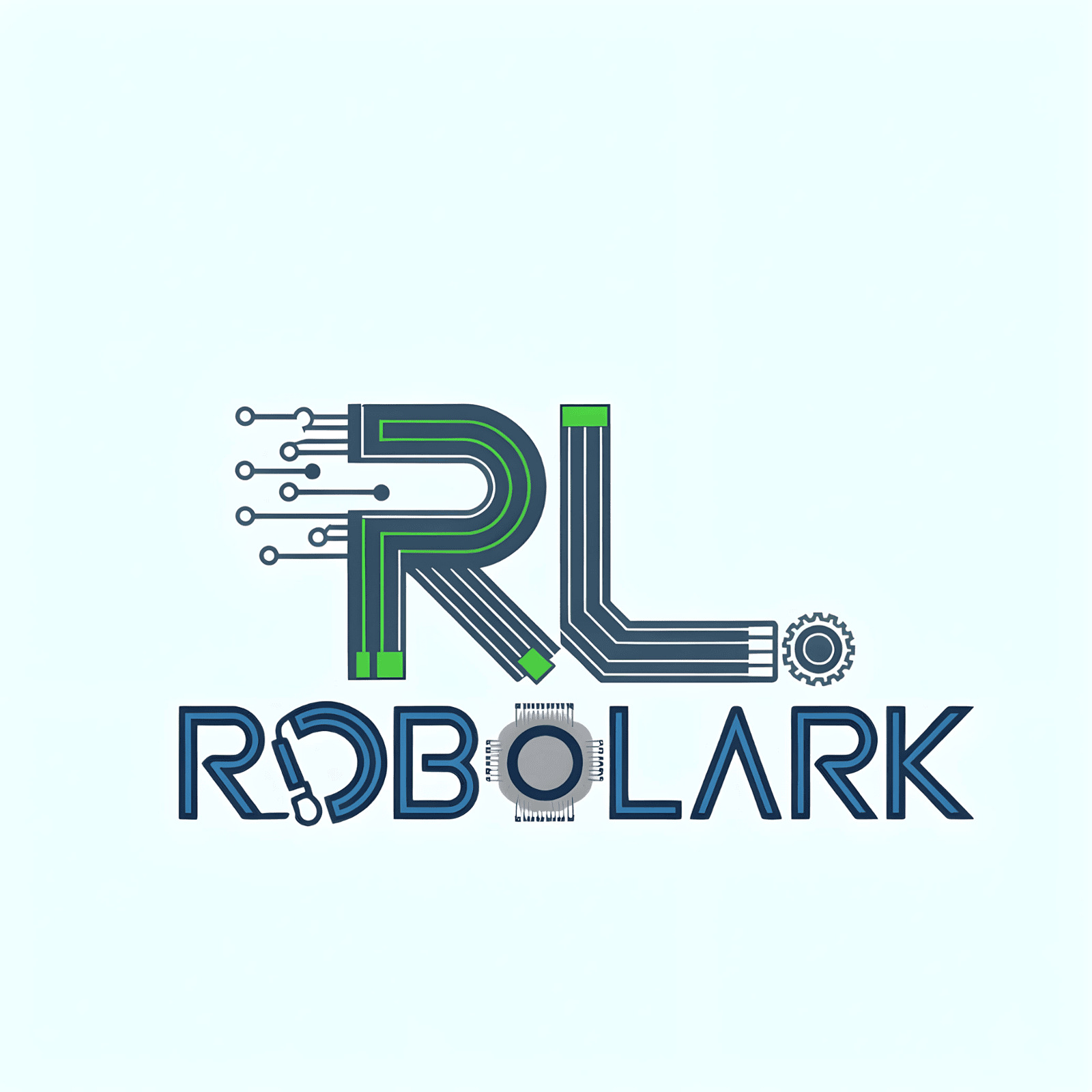

DAC0800 Digital-Analog Converter IC
Product Details
Digital-to-Analog Conversion: The primary function of the DAC0800 is to convert digital input data into an analog voltage output. It accepts binary input data and produces an analog voltage proportional to the binary value. The output is a continuous voltage signal.
Resolution: The DAC0800 is typically available in various models with different resolutions, such as 8-bit, 10-bit, or 12-bit. The resolution determines the number of discrete voltage levels that the DAC can generate.
Voltage Output: The DAC0800 produces an analog voltage output that can be adjusted by providing the appropriate digital input data. The output voltage typically spans a specified voltage range, often 0V to a reference voltage (Vref).
Reference Voltage (Vref): The DAC0800 requires an external reference voltage, Vref, which sets the full-scale output voltage range. The output voltage will be a fraction of this reference voltage, depending on the digital input code.
Output Amplifier: The IC includes an output amplifier that can be used to buffer and amplify the analog output voltage. This amplifier can help drive external loads and maintain signal integrity.
Power Supply Voltage: The DAC0800 typically operates with a dual power supply voltage, with one supply for analog operation (often labeled Vcc) and another for digital control (often labeled Vlogic). Typical supply voltages are in the range of ±5V to ±15V.
Applications: The DAC0800 is commonly used in applications that require precise analog voltage generation, such as waveform generation, audio signal generation, instrumentation, control systems, and more.


